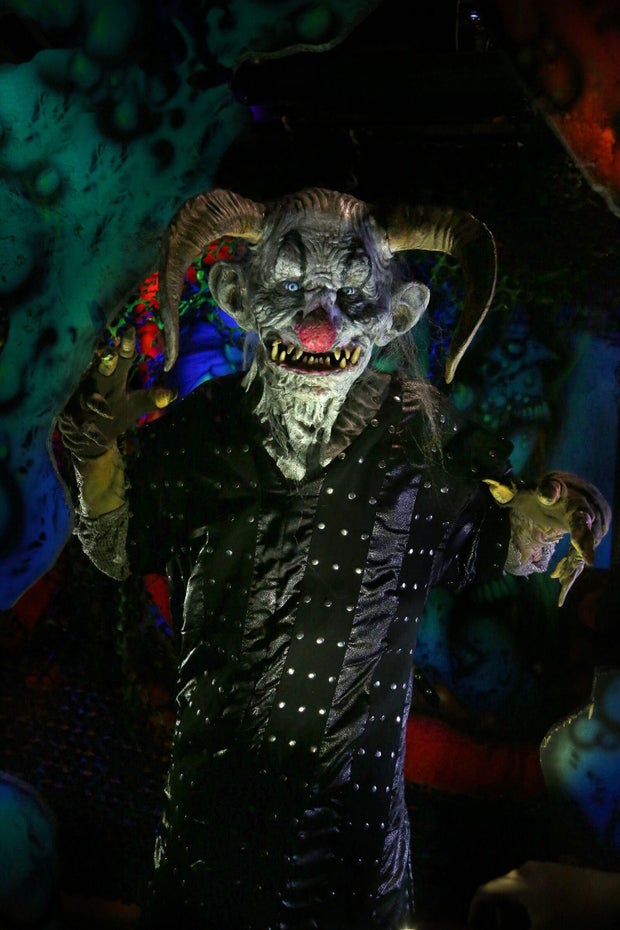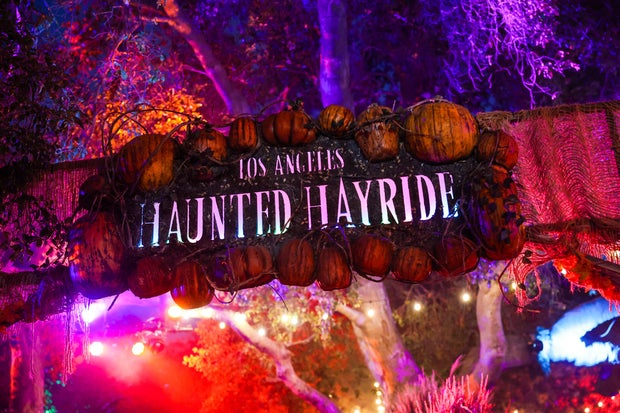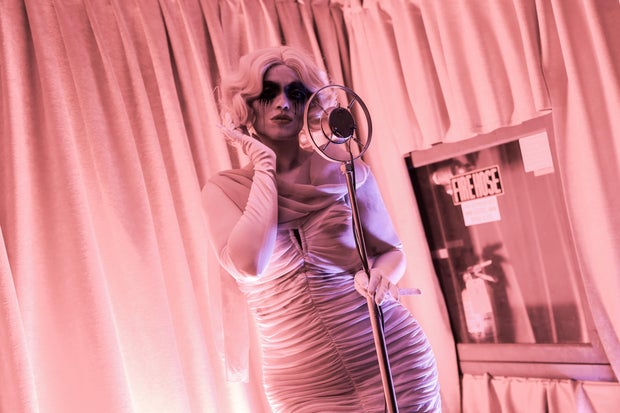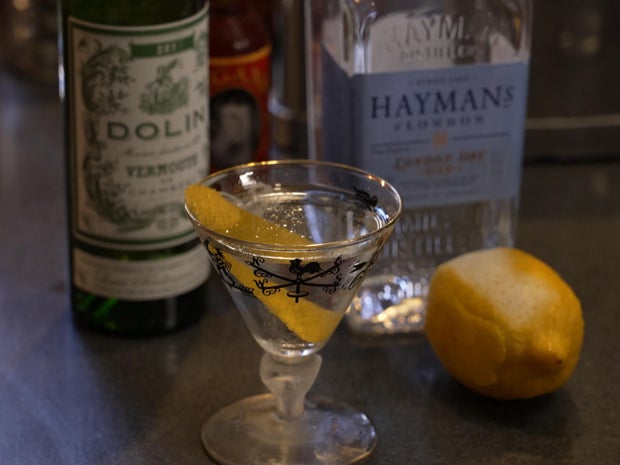CBS News
Halloween haunted houses are a scary business proposition, operators say

The faint of heart should think twice before setting foot in a haunted house for Halloween. The same could be said for those considering getting into business of running a haunted house.
“The barriers of entry are so much higher to get into the haunted house attraction business — rules, regulations and the expense to get in, even what people perceive as entertainment,” said Billy Messina, co-creator of Netherworld, an attraction that has been scaring people in Stone Mountain, Georgia, for nearly 30 years. “A bunch of teenagers that say ‘Boo!’ — that won’t fly anymore,” Messina told CBS MoneyWatch.
Netherworld Haunted House
Unlike the haunted house fundraisers run by civic organizations such as the United States Junior Chamber, also known as the Jaycees, Netherworld is among the dozen or so haunted houses that can be likened to full-scale Broadway productions. And, unlike the neighborhood house that is haunted by volunteers, these Halloween attractions are professional outfits staffed throughout the year, even though the window to turn a profit is far smaller, just a month or two around Halloween.
“Our revenue cycle is very short, the lion’s share of our revenue is in a 2- to 3-month window,” said Chris Stafford, CEO and founding partner of Thirteenth Floor Entertain Group. Based in Denver, Colorado, Thirteenth Floor operates 32 attractions including haunted houses and Halloween festivals across the country, selling hundreds of thousands of tickets each year.
“Most of our properties we hold year-round, so we have an annual operating plan to make sure the revenue we expect to see is going to come in,” said Stafford, who worked in the banking industry for 12 years before turning what had been a beloved hobby into a full-time career.
“It’s a tough business with a staff and a mortgage that is open all year long, and then you have 20 to 30 days to make sure you get to cover all of those basic expenses. It’s a challenge,” said Messina, who started out in the film industry as a makeup and special effects artist. Still, “it’s pretty amazing to be able to do this for a living,” he added.
Thirteenth Floor Entertainment Group
Both share a passion for haunted houses that took hold in childhood.
“I worked at a local haunted house with a friend from high school. I just really loved everything about it, some of my best memories are from there,” said Stafford, recalling his experiences as a 15-year-old working at a family-run haunted house in Denver.
Growing up in New York City, Messina recalls seeing commercials on television for haunted houses on the Jersey Shore and yearning but unable to go.
Like many other businesses, Messina and Stafford list labor as a huge challenge.
With a full-time staff of about 15, Netherworld also hires about 500 seasonal workers as parking attendants, food and customer service employees and, of course, to scare folks. “For new employees, the hiring push starts sometime in August, and really kicks up in mid-September. We have college students all the way up to white-collar professionals that just want to be part of it,” said Messina.
Netherworld Haunted House
Netherworld’s base pay starts at $8.50 an hour. “People aren’t there for the money, working as a scare actor,” said Messina.
Thirteenth Floor has full-time staff in marketing and finance, and “then comes the season and we ramp up and literally hire thousands of people to work — probably the greatest challenge is staffing up a workforce that large in that short a time,” offered Stafford. “Most of our scare actors are not professional actors, but interested in learning,” he added of the positions which pay just above minimum wage.
A large percentage of the seasonal workforce returns each year, both men relayed.
Ticket sales keep Netherworld afloat, and outside factors including the weather and sports can have an impact beyond Messina’s control. “Rain is devastating to attendance, or if the [Atlanta] Braves are in the [National Baseball League] playoffs,” he offers as examples. “Concessions and the gift shop are not enough to keep the lights on. We don’t lose money on that stuff, but they are by no means a cash cow,” Messina noted.
Thirteenth Floor Entertainment Group
Both men listed Netflix as the primary competition. “Just getting people off the couch — it’s hard,” Messina said, adding that Thirteenth Floor strives to give people a reason to come together socially. “Too much of our lives are lived digitally, behind the screen,” he said.
CBS News
Serving up home-cooked dog food

Watch CBS News
Be the first to know
Get browser notifications for breaking news, live events, and exclusive reporting.
CBS News
What makes a martini a martini?

Watch CBS News
Be the first to know
Get browser notifications for breaking news, live events, and exclusive reporting.
CBS News
What makes a martini a martini?
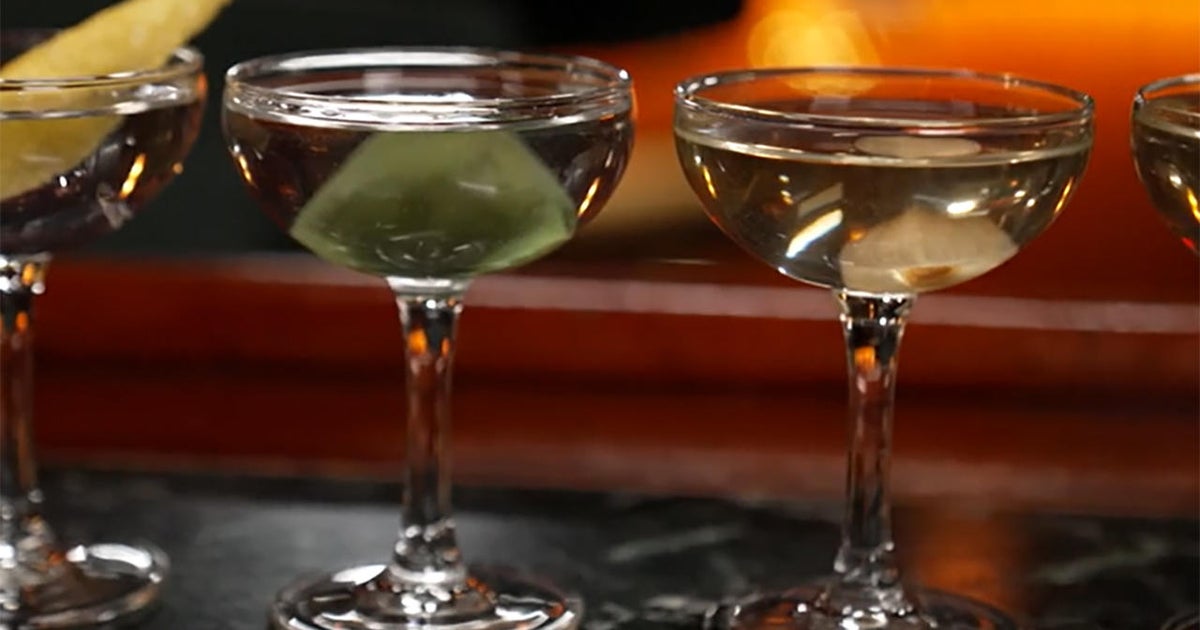
Nowadays, what makes a martini a martini? Robert Simonson, who wrote a book about the martini, said, “It’s funny: it’s strict and loose at the same time.”
Ten Speed Press
Everyone seems to have an opinion about the cocktail: “Ingredients, proportions, garnishes – it’s all subject to debate,” Simonson said. “I’m a purist. I would think it needs to be gin and vermouth. But I’m willing to bend and say, ‘Okay, vodka and vermouth as well.’ [However,] if there’s no vermouth in there, I don’t know how you can call it a cocktail.”
Simonson says the martini was probably named after a vermouth company. It was invented in America in the 1870s or ’80s when bartenders mixed gin with vermouth, a fortified wine made with herbs and spices. “It’s a very big player in cocktail history,” he said.
In the early 20th century, the “very-dry” martini became very-popular: Ice cold gin or vodka, garnished with a lemon twist, or an olive, or an onion, but only a little vermouth (or maybe not even a little).
Samantha Casuga, the head bartender at Temple Bar in New York City, says the reason why many people might not want vermouth in their martini is because, for years, vermouth was stored improperly. “It should be in the fridge,” she said.
CBS News
Casuga’s classic martini is two parts gin, one part vermouth, with a twist of lemon. She suggests that you probably shouldn’t order it the way James Bond does – shaken, not stirred. Casuga says she’s always stirring, but some people like the show behind the bar when a bartender shakes their cocktail. “Definitely, people love a good shake,” she said.
People also love to have a martini made just the way they want it. But Casuga understands why they might be so specific: “To have your own preferences, not only listened to and then executed, is, like, that’s luxury itself.”
Writer Robert Simonson says that a martini can also add a little luxury to your Thanksgiving. “It actually makes very good sense for Thanksgiving,” he said. “It will whet your appetite for the meal to come.
“There are very few American inventions more American than the martini. So, an American holiday, American drink.”
CBS News
For more info:
Story produced by Mary Raffalli. Editor: Remington Korper.
“Sunday Morning” 2024 “Food Issue” recipe index
Delicious menu suggestions from top chefs, cookbook authors, food writers, restaurateurs, and the editors of Food & Wine magazine.


